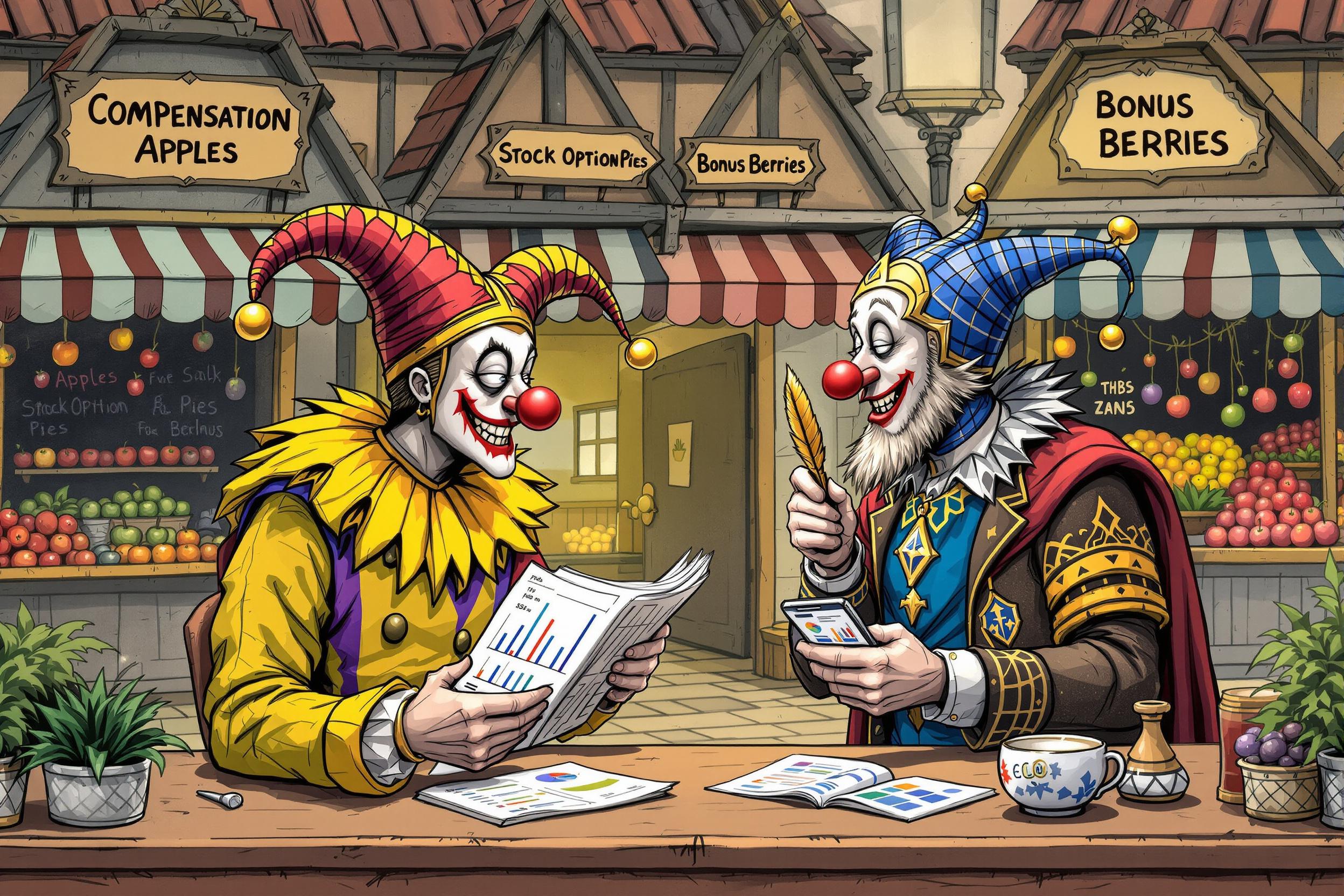
Price History
Price History refers to the documented record of how much artworks, antiques, or collectibles have sold for over time. Art professionals use this information to determine current market values, spot trends, and make informed decisions about buying or selling pieces. It's like a financial track record for artwork that helps galleries, auction houses, and collectors understand if something is a good investment. This information typically includes auction results, gallery sales, and private transactions when available.
Examples in Resumes
Maintained detailed Price History records for over 500 contemporary artworks in gallery database
Analyzed Price History and Sales History trends to advise clients on art investments
Created comprehensive Price History reports for major auction house catalogs
Typical job title: "Art Appraisers"
Also try searching for:
Where to Find Art Appraisers
Professional Organizations
Online Resources
Job Boards
Example Interview Questions
Senior Level Questions
Q: How do you evaluate the reliability of different price history sources when appraising artwork?
Expected Answer: Should discuss comparing multiple sources like auction records, gallery sales, and private transactions, understanding market conditions at time of sales, and considering factors like artwork condition and provenance.
Q: How would you use price history data to advise a client on building their collection?
Expected Answer: Should explain analyzing long-term value trends, comparing similar artists/periods, considering market cycles, and balancing historical data with current market conditions.
Mid Level Questions
Q: What factors might cause significant changes in an artwork's price history?
Expected Answer: Should mention artist reputation changes, exhibition history, cultural trends, economic conditions, restoration work, and provenance discoveries.
Q: How do you maintain accurate price history records?
Expected Answer: Should discuss database management, documentation standards, verification processes, and updating records with new sales information.
Junior Level Questions
Q: What basic information should be included in a price history record?
Expected Answer: Should list sale date, price, location/venue of sale, condition notes, size of artwork, and any relevant details about the sale circumstances.
Q: What are the main sources for finding price history information?
Expected Answer: Should mention auction databases, gallery records, art price websites, and industry publications.
Experience Level Indicators
Junior (0-2 years)
- Basic research and data entry
- Understanding of art market databases
- Record keeping and documentation
- Basic market analysis
Mid (2-5 years)
- Detailed market analysis
- Client advisory services
- Database management
- Report writing and presentation
Senior (5+ years)
- Advanced market trend analysis
- Expert valuation skills
- Team leadership
- Strategic collection planning
Red Flags to Watch For
- No knowledge of major art market databases
- Inability to explain basic pricing factors
- Lack of experience with documentation standards
- Poor understanding of market influences on pricing
Related Terms
Need more hiring wisdom? Check these out...

Salary Transparency Laws: What HR Leaders Need to Know

The Hidden Art of Salary Negotiation: How to Win Hearts Without Going Broke

Cutting HR Costs Without Sacrificing Quality: A How-To for Savvy Executives

